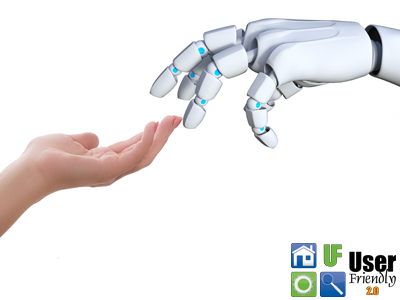By User Friendly 2.0
By: William Sikkens
Host, User Friendly 2.0 Saturday’s at 5:00 p.m.
Robot Assisted Living Is Here!
A robot-assisted way of life is becoming more and more the norm as companies have improved their technologies, and the cost of those technologies have come down.
We have been moving towards a path of automation for quite some time. COVID and its related outcomes have greatly accelerated this process. With the worker shortage, this has further pushed adoption of automation in places we would not have seen for awhile.
Here are some examples of this change:
Alphabet’s self-driving car company Waymo just launched in its first major metropolitan area, San Francisco, following a similar move by General Motors’ backed company, Cruise.
Walgreens Boots Alliance has opened new prescription fulfillment centers populated with robots that can do a typical pharmacy’s daily work in an hour, with plans to open twenty-two over the next three years.
One drone company is now delivering food in Texas in addition to servicing ten thousand homes in North Carolina.
In New Jersey, a hamburger vending machine has landed inside a mall, while White Castle has announced it has plans to install robot fry stations in one hundred locations.
The McKinsey Global Institute predicted that forty-five million Americans, one-quarter of the workforce, would lose their jobs to automation by 2030. This number increased from the original estimate of thirty-nine million due to the COVID pandemic. When factoring in an estimated 9.6 million jobs that will be created over the same time in new fields, the net jobs lost will ultimately be about 1.4 million.
Automation will impact nearly all jobs but not replace them.
Forrester Research (FORR – NASDAQ) is a company that provides research on technology has stated in a report earlier this month, “Technology taking all our jobs is a constant fear … that never materializes.” Analysts at Forrester went on to write, “The pace of technology change can be dizzying, but the real-life barriers to full automation are significant.” Forrester found reducing operational costs has also become less of a reason for companies to automate.
Tesla CEO Elon Musk claimed that “excessive automation was a mistake” and that “humans are underrated”. It is estimated that for true success a direct combination of automation and humans will be required. Jobs that focus on repetitive physical and mental tasks are most at risk of being replaced by software or robots. Workers with creative, social, and analytical skills will become more in demand. If you can program and maintain automation, you will be in demand.
There’s constant debate over the net effect of automation whether it hurts or helps job creation. But the reality is that the world’s been coexisting with modern computing for decades and machines for hundreds of years. One difference for the future will be defined by the imperceptibility of the relationship between the human and the technology.
William (Bill) Sikkens has been an on-air technology expert since 2014. With an expertise in I.T., cyber security and software design he has had more than 20 years’ experience with advanced technology. Sikkens conceptualizes and designs custom applications for many professional industries from health care to banking and has the ability to explain the details in a way all can understand. Article edited by Gretchen Winkler, who along with Jeremy Winkler are the co-hosts of User Friendly 2.0 here on The Answer Saturdays at 5:00 p.m.
Links and brand/store information provided are for information only and are not endorsed by Salem Media Group, KPAM or the show’s hosts.
Got a technology question or comment for Bill? Follow him on Twitter @sikkensw


